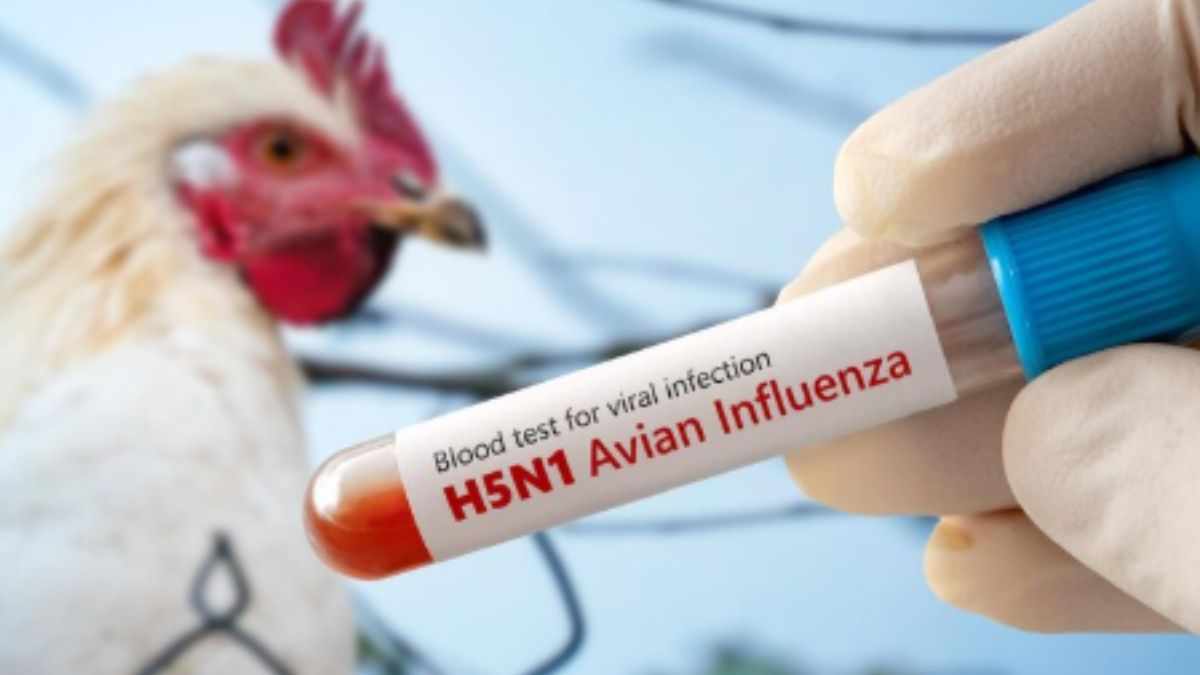Cambodia has confirmed yet another human case of the H5N1 bird flu virus, this time, in a 5-year-old boy from Kampot province. This marks the 12th reported case in the country this year, according to a translated update posted by the Center for Infectious Disease Research and Policy (CIDRAP), University of Minnesota.
H5N1 bird flu cases have been rising in the US, raising concerns among health experts. The virus can cause serious illness in people. It usually spreads from infected birds or animals, and human-to-human transmission is rare. However, doctors are closely monitoring the situation because the infection can turn severe if not treated early.
What is H5N1?
H5N1, commonly known as bird flu, is a type of influenza virus that primarily affects birds but can sometimes jump to humans through direct or indirect contact with infected animals or contaminated environments. The virus has been around for decades, but what makes it dangerous is its high mortality rate in humans.
Unlike regular flu viruses, which often cause mild to moderate symptoms, H5N1 can trigger severe respiratory illness. According to the World Health Organization (WHO), more than 50 per cent of confirmed human cases of H5N1 have resulted in death.
What are the early signs of H5N1 infection?
Initial symptoms of H5N1 are similar to those of the common flu, which makes early detection difficult. Look out for:
- High fever
- Cough
- Sore throat
- Body aches
- Fatigue
As the infection progresses, more severe symptoms may appear, such as:
- Shortness of breath
- Chest pain
- Diarrhea
- Seizures
- Altered mental status or confusion
In some cases, H5N1 can rapidly develop into pneumonia, acute respiratory distress, and multi-organ failure, especially if medical care is delayed.
The H5N1 US outbreak
In the US, the virus recently made headlines after being detected in dairy cattle. A few human cases have also been confirmed among farm workers who had direct exposure. Fortunately, the symptoms in these cases were mild. Still, experts warn that the virus is mutating and must be closely watched to prevent a larger outbreak.
After-effects and complications of H5N1
People who recover from H5N1 may still experience lingering effects, including:
- Fatigue
- Lung damage
- Depression or anxiety
- Increased vulnerability to other infections
These after-effects can last for weeks or even months, depending on how severe the illness was.
When to see a doctor
If you’ve been in close contact with poultry and start experiencing flu-like symptoms, it’s important to seek medical care immediately. Let your doctor know about your exposure history, as early antiviral treatment can reduce the severity of the illness and lower the risk of complications.
